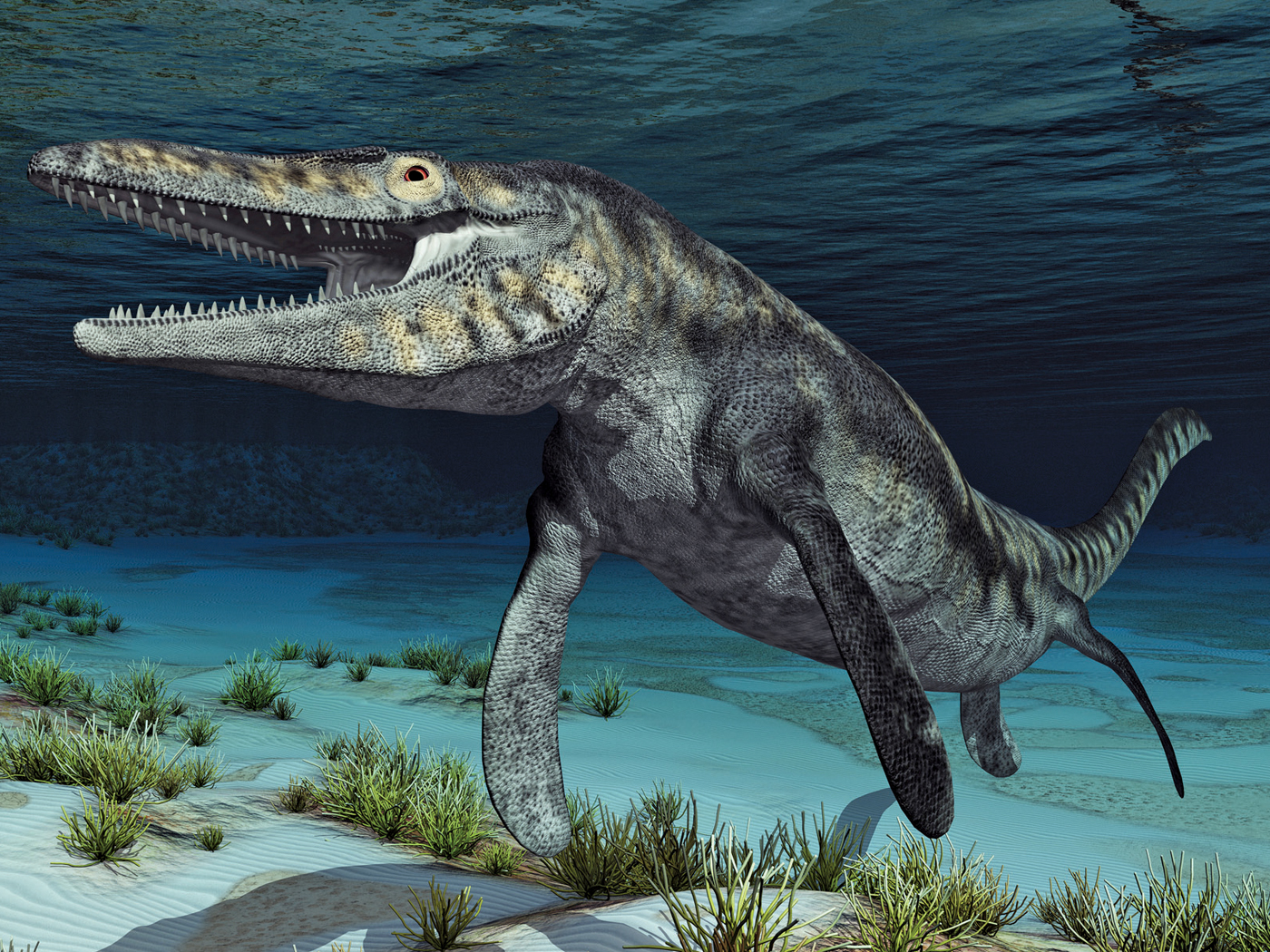by D. Russell Humphreys, Ph.D., Steven A. Austin, Ph.D., John R. Baumgardner, Ph.D., and Andrew A. Snelling, Ph.D.
Presented at the Fifth International Conference on Creationism, Pittsburgh, Pennsylvania, August 4–9, 2003. Published in: Proceedings of the Fifth International Conference on Creationism, R. L. Ivey (Ed.), pp. 175–195, 2003.
© 2003 Creation Science Fellowship, Inc., Pittsburgh, PA, USA. Published with permission. All rights reserved.
Abstract
Two decades ago, Robert Gentry and his colleagues at Oak Ridge National Laboratory reported surprisingly high amounts of nuclear-decay-generated helium in tiny radioactive zircons recovered from Precambrian crystalline rock, the Jemez Granodiorite on the west flank of the volcanic Valles Caldera near Los Alamos, New Mexico (Gentry, Glish, & McBay, 1982). Up to 58% of the helium (that radioactivity would have generated during the alleged 1.5 billion year age of the granodiorite) was still in the zircons. Yet the zircons were so small that they should not have retained the helium for even a tiny fraction of that time. The high helium retention levels suggested to us and many other creationists that the helium simply had not had enough time to diffuse out of the zircons, and that recent accelerated nuclear decay had produced over a billion years worth of helium within only the last few thousand years, during Creation and/or the Flood. Such acceleration would reduce the radioisotopic time scale from megayears down to months.
However, until a few years ago nobody had done the experimental and theoretical studies necessary to confirm this conclusion quantitatively. There was only one (ambiguously reported) measurement of helium diffusion through zircon (Magomedov, 1970). There were no measurements of helium diffusion through biotite, the black mica surrounding the zircons. In 2000 the RATE project (Humphreys, 2000) began experiments to measure the diffusion rates of helium in zircon and biotite specifically from the Jemez
Granodiorite. The data, reported here, are consistent with data for a mica related to biotite (Lippolt & Weigel, 1988), with recently reported data for zircon (Reiners, Farley, & Hickes, 2002) and with a reasonable interpretation of the earlier zircon data Magomedov, 1970). We show that these data limit the age of these rocks to between 4,000 and 14,000 years. These results support our hypothesis of accelerated nuclear decay and represent strong scientific evidence for the young world of Scripture.
Keywords
Helium, Diffusion, Radioisotopes, Age, Dating, Nuclear Decay, Zircon, Biotite, Accelerated Decay
For Full Text
Please see the Download PDF link above for the entire article.




















